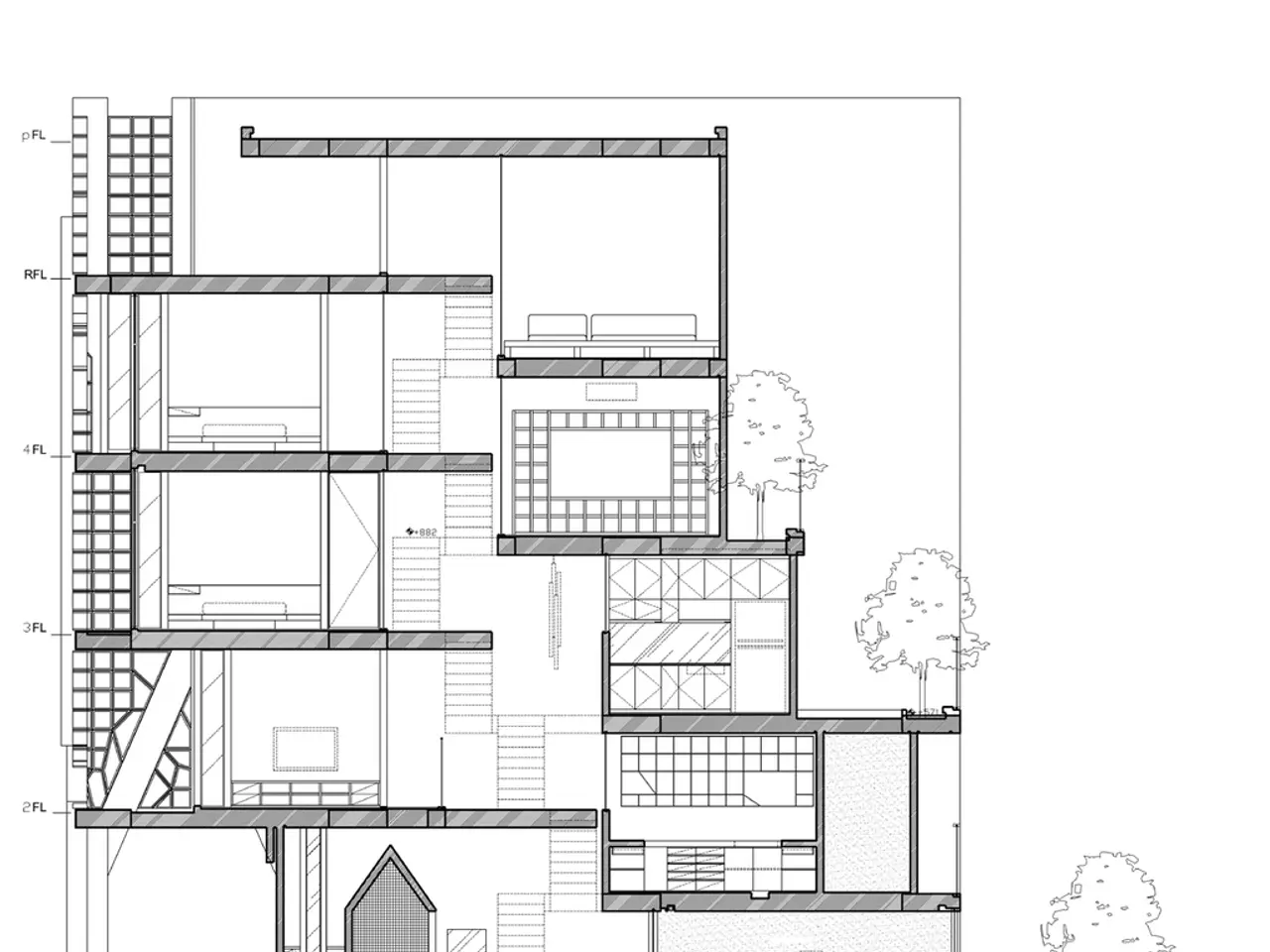US Green Building Council's LEED Green Associate: LEED Certification Criteria, Essential Requirements, and Point Gathering
LEED certification is a recognised process that evaluates the environmental performance and sustainability of a building project. To earn LEED certification, a project must satisfy all mandatory prerequisites and earn a minimum number of points across various credit categories.
Firstly, it's important to note that projects cannot earn points for prerequisites - they are required for all LEED projects. These prerequisites vary based on the LEED rating system and cover areas such as minimum energy and water efficiency, indoor environmental quality, and construction activity pollution prevention.
While employing a LEED Accredited Professional (LEED AP) and conducting a whole-building life-cycle assessment can enhance a LEED application, these are beneficial but not mandatory for certification. Having a LEED AP on the project team can provide an advantage and earn one point under the Integrative Process credit. On the other hand, conducting a whole-building life-cycle assessment is an option for earning points under the Building Life-Cycle Impact Reduction credit.
The number of points a project earns determines the level of certification. A project must meet all prerequisites and earn at least 40 points to qualify for the lowest level of certification, known as Certified. This level increases incrementally up to Platinum, with 40-49 points qualifying for Certified, 50-59 points for Silver, 60-79 points for Gold, and 80 points or more for Platinum.
It's worth mentioning that a project does not need to earn a minimum of 50 points to qualify for the Certified level of LEED certification.
For those preparing for the USGBC LEED Green Associate exam, resources such as USGBC LEED Green Associate certification exam practice questions, answers, explanations, and references are available free online. These resources can be helpful for passing the exam and earning USGBC LEED Green Associate certification.
In conclusion, LEED certification offers a valuable framework for evaluating and improving the sustainability of building projects. By understanding the prerequisites and credit categories, projects can strive to achieve the highest level of certification, contributing to a greener and more sustainable future.
Read also:
- Clash of LPR and GERD: What Sets Them Apart and What They Share
- On Thursday, Meta introduced three new smart glasses and LibreOffice made its way into the Austrian military
- Sara Walker and the Writer Discuss Life's Definition
- Europe Witnesses Seven Showcases of Safely Assimilating Autonomous Aerial Vehicles






